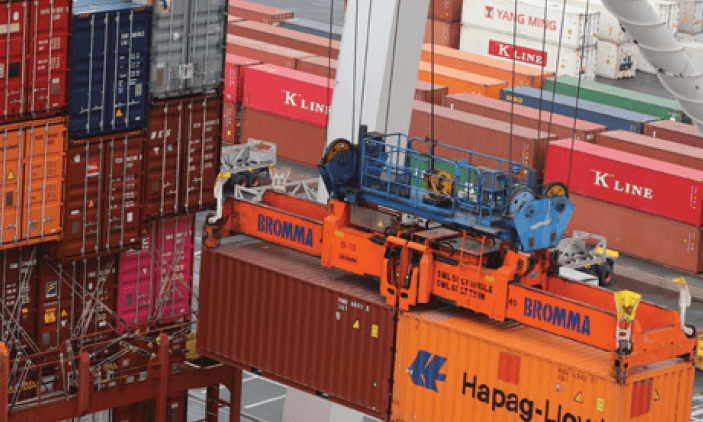In terms of rules of origin, the Agreement between Mexico, the United States and Canada (USMCA) has modified certain criteria, according to information from the WTO.
In addition, the USMCA simplifies the certification and verification of origin procedure.
As a reference definition: the rules of origin of trade agreements are those requirements that national producers or exporters will have to comply with so that their products can be considered originating and, therefore, beneficiaries of tariff reductions and compete better in the destination markets.
Since 2020, origin can be certified through any commercial document (invoice, for example), as long as the necessary information is provided to verify compliance with the rule of origin.
USMCA
Also, the certificate of origin can be completed and signed not only by the exporter, but also by the producer.
In the case of Mexico, after a transition period of 3.5 years, the certificate of origin may also be completed and signed by the importer.
General rules of origin
Goods are originating if:
(a) they have been wholly obtained or produced entirely in the region; fish obtained from aquaculture is included in the USMCA.
(b) they have been produced in the region, using originating materials; the T-MEC includes recovered (recycled) materials, parts or components used in the manufacture of remanufactured goods or incorporated into such goods.
c) have been produced in the region, using non-originating materials. In this case the goods must be sufficiently processed or transformed. The USMCA retains the requirements of tariff escalation or, alternatively, regional value content (RVC) equivalent to 60% of the transaction value or 50% of the net cost.
However, a certain tolerance (de minimis rule) is allowed for goods produced in the region with non-originating materials to retain their origin, without having to comply with the tariff escalation or RCA.
This is provided that the non-originating materials do not exceed a certain percentage of the transaction value or net cost or, in the case of textiles and apparel, of the total weight.
This percentage has increased from 7% in NAFTA to 10% in the USMCA, except in the case of elastomeric materials, which remain at 7%.
Likewise, in the USMCA, sets and assortments of goods are considered. Therefore, since 2020, goods presented in sets or assortments are originating if they are composed solely of originating goods; otherwise, non-originating goods cannot exceed 10% of the total value of the set or assortment.
Specific rules
The USMCA’s specific rules of origin are stricter, as the thresholds for conferring origin are higher, particularly for certain sectors such as automobiles, steel and aluminum.
For example, for many automotive products the VCR was increased from 62.5% in NAFTA to 75% in the USMCA.
In addition, in order to obtain origin, automotive producers must use aluminum and steel from the region amounting to 70% of the value of purchases, and origin is only conferred if the metal is smelted and cast in the territory of one of the Parties.
The USMCA also establishes a labor value content (LVC) criterion for conferring origin in the automotive sector.
![]()

